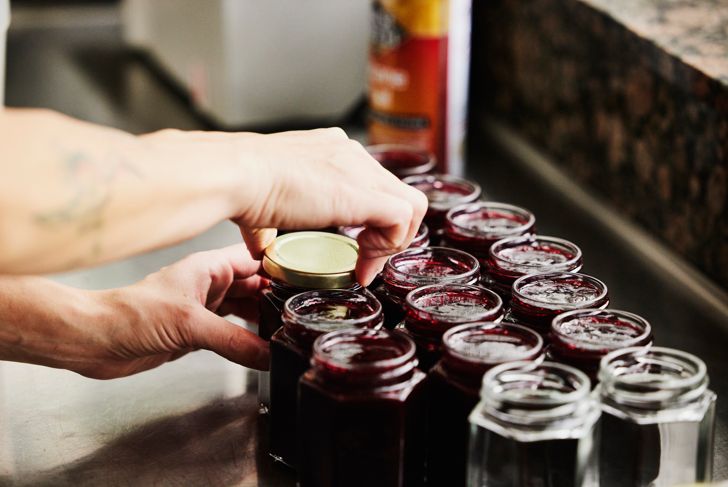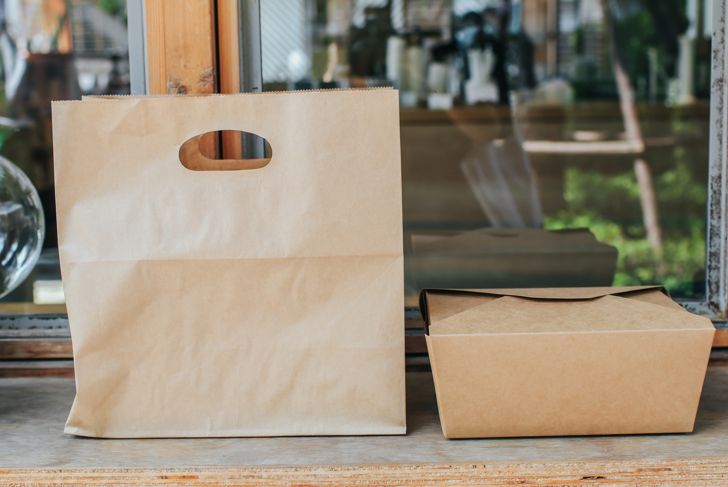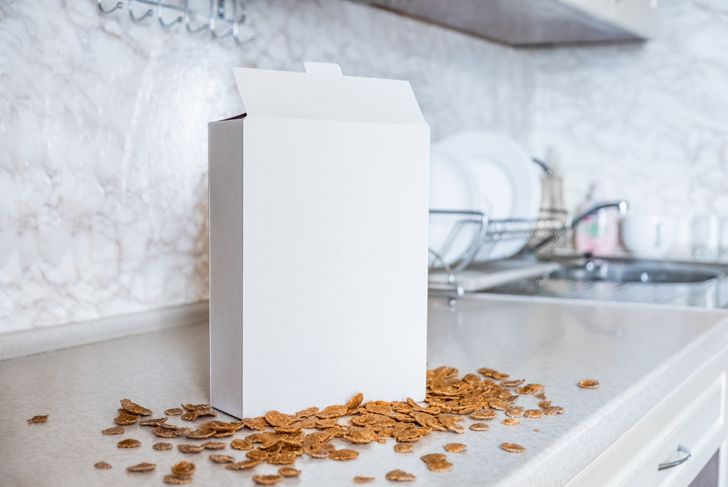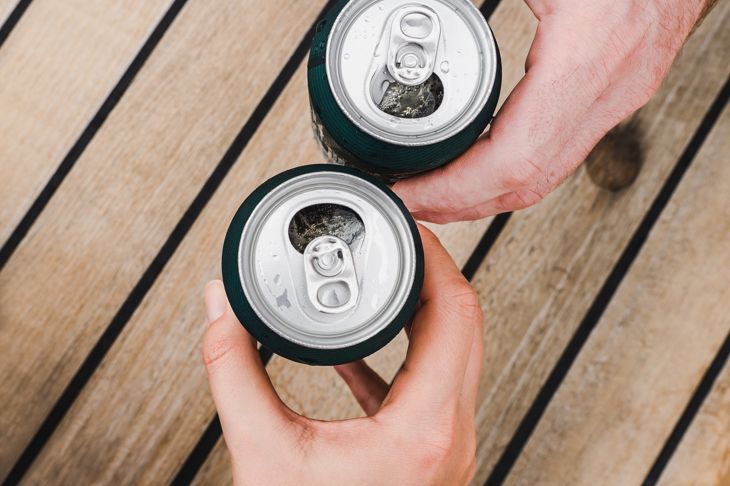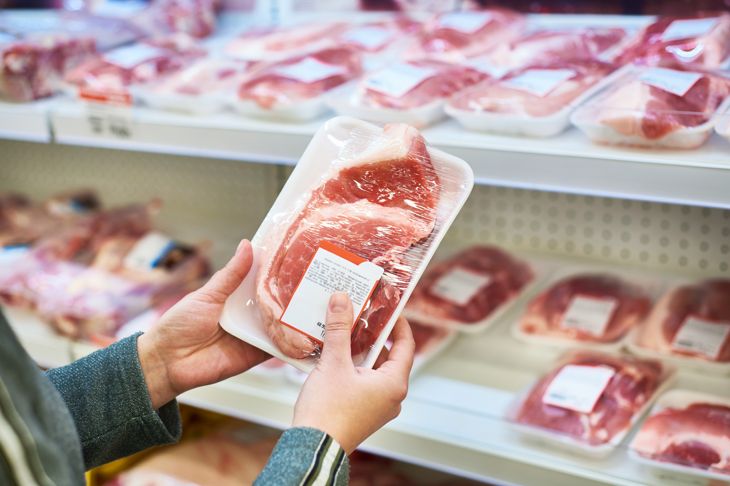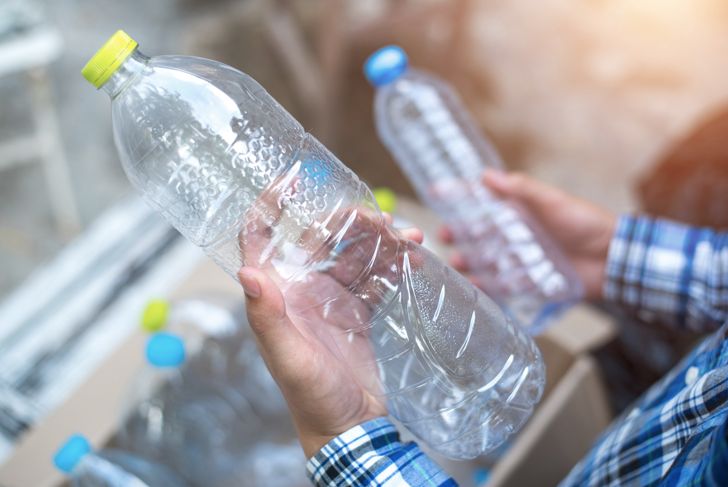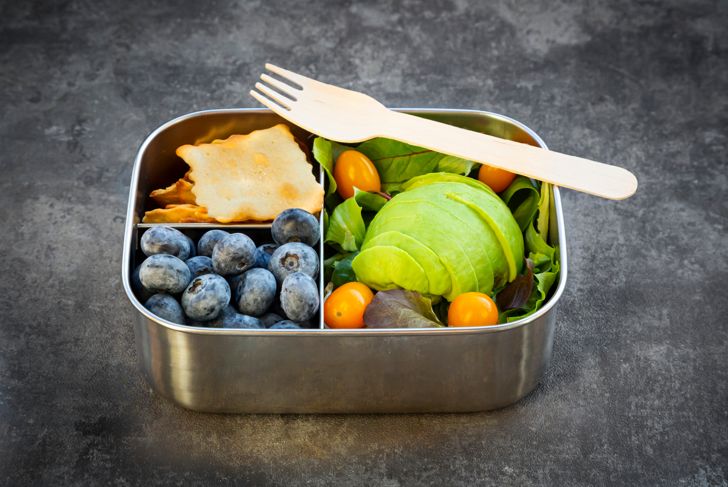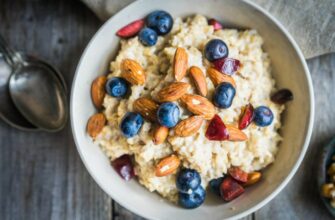Whether it is the box that contains the morning’s cereal or the plastic wrap we protect our meat with, food packaging is ever-present in modern life.While packaging comes with amazing benefits like keeping food safe and fresh, it can also present certain health risks. Some materials contain harmful chemicals that could cause problems like weight gain, developmental issues, and cancer.The examples in this article may sound frightening but most represent the extreme cases of exposure to these elements.
Glass Jars
For the most part, glass is an incredibly safe material for food storage. However, there is still some potential for food contamination. Some glass jars feature metal lids that use polyvinyl chloride (PVC) gaskets to form a better seal. Danish researchers found that these gaskets contained potentially harmful levels of di(2-ethylhexyl)phthalate (DEHP).While it is rare to consume dangerous amounts of DEHP, symptoms may include stomach irritation and diarrhea. Long-term exposure could impact liver and testes function, but only animal studies have noted these effects.
Recycled Paper Packaging
Because of the potential environmental impact of throwing away food packaging, a growing number of companies opt to recycle and reuse paper products like boxes. However, sometimes printing inks from earlier uses of the packaging persist through the recycling process, exposing consumers to phthalates and other harmful chemicals.These substances are known as endocrine disruptors because they mimic and interfere with the endocrine system, which manages the various hormones in the body. Exposure to even low levels of endocrine disruptors can lead to health and developmental problems.
Paper Liners
In addition to boxes, many products also contain coated paper liners to protect the food from spoilage and bacteria. However, these liners may be releasing harmful chemicals themselves. In 2010, the Kellogg Company recalled around 28 million boxes of cereal due to high levels of methylnaphthalene.While the full effects of this chemical remain unknown, some consumers fell ill after ingesting the affected cereal.
BPA
One of the most infamous compounds in food packaging is bisphenol A (BPA). This chemical is most common in hard, clear polycarbonate plastic.Evidence points to BPA adversely impacting the brain and prostate gland, and there is some concern about other harmful effects. However, most government agencies have not banned the compound and are waiting on further research, and growing number of companies are using epoxy-based resins that contain BPA in metal can liners. Others — especially water bottle manufacturers — advertise the lack of BPA in their products.
Per- and Polyfluoroalkyl Substances
Per- and polyfluoroalkyl substances (PFAS) is a group of thousands of different chemicals with versatile effects ranging from heat resistance to repelling grease, oil, and water. These qualities have made PFAS a popular additive in products like non-stick pans and food packaging.PFAS are incredibly persistent and may take years to leave the body. Because of this and their widespread occurrence, many researchers have attempted to quantify PFAS’ effects. Evidence currently links PFAS to altered metabolism, fertility changes, obesity, and immune system weakness.
Polystyrene Foam
Polystyrene is a popular material for single-use food packaging such as takeout boxes and to-go cups. Most people colloquially refer to this material as Styrofoam. While polystyrene foam is likely safe for one use, reusing the packaging or keeping it for too long increases the chance of styrene exposure. Styrene is a carcinogen that may damage white blood cells and boost the risk of cancers like leukemia and lymphoma.
Meat Packaging
The U.S. Department of Agriculture has found that it is safe to store and freeze meat in its plastic and foam packaging. However, the plastic wrap is often thin and permeable to the air, exposing the meat to outside contaminants and potentially introducing meat-borne bacteria to other foods.Experts recommend overwrapping meat in multiple layers of plastic to protect against these issues and preserve quality.
Reusing Bottles
Many people reuse plastic water or soda bottles for convenience and to eliminate waste. Most health experts advise avoiding this as the bottles often have designs that are hard to clean properly, allowing bacteria to accumulate. While filling the bottle with boiling water would likely kill any bacteria, it may also weaken the bottle and release contaminants like BPA or phthalates.
Reusing Other Containers
Beyond bottles, some people also reuse other storage containers like butter tubs or condiment dispensers. These containers may be safe to use, depending on their recycle codes, which are usually visible on the bottom of the product.Plastic #5 is common in yogurt containers and butter tubs and has a low risk of chemical leaching. Recycling codes #2 and #4 are also likely safe. However, avoid heating these containers and limit the storage of acidic foods like vinaigrettes or citrus fruits.
Alternatives
To avoid potential contamination, some materials are much safer than others. Glass containers are among the best choices for food storage. Stainless steel is also a good option. If something needs plastic wrap, some research points to aluminum foil being able to block the leaching of dangerous contaminants. Consider using a layer of aluminum foil first and then overwrap in plastic wrap whenever possible.Ultimately, though, it is best to consume fewer pre-packaged products and use those that unavoidably come in packaging only as intended. Well-known healthy eating tricks like shopping at the edges of the grocery store (avoiding the aisles where most of the packaged food is) will help reduce not only consumption of potentially dangerous products but also waste.

 Home
Home Health
Health Diet & Nutrition
Diet & Nutrition Living Well
Living Well More
More